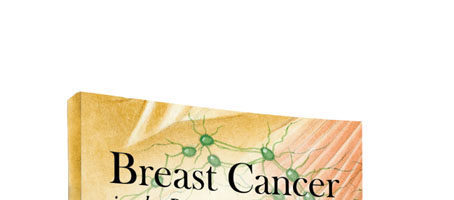
Introduction
Breast cancer is a vast topic that one might not immediately associate with primary care. So what is most important for primary care physicians (PCPs) to know about it? That is the aim of this guide.
Carcinogenesis is a multiyear process. Genetics, factors specific to the host tissue’s environment (such as production of hormones and cytokines), and structural changes contribute to a progressively heterogeneous phenotype. In breast tissue, the estimated timeline for progression from atypical hyperplasia through DCIS to adenocarcinoma is 10–20 years or more. 1Not surprisingly, the survival rate of breast cancer is directly linked to how early the cancer is detected.
At the opposite end of the spectrum, after the diagnosis and treatment, is the issue of cancer survivorship. Both prevention/early detection and survivorship are key portals for interventions from primary care physicians (PCPs).
Two-thirds of all patients who contract any form of cancer are now living at least five years beyond their initial diagnosis.2 Improved treatments are enabling more patients to live long, full lives after cancer. While that is good news, so much emphasis has been placed on detection and treatment that the longer-term issues of survivorship have largely been ignored. The pool of cancer survivors in the U.S. is expected to exceed 18 million people by the year 2020; 11 million of those people will be age 65 or older.2 This underscores the need for a continuum of care that recognizes the need for transition from breast cancer patient to breast cancer survivor—a continuum in which PCPs play indispensable important roles.




